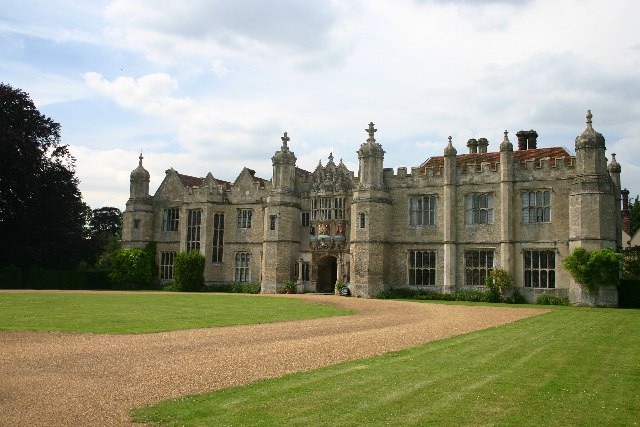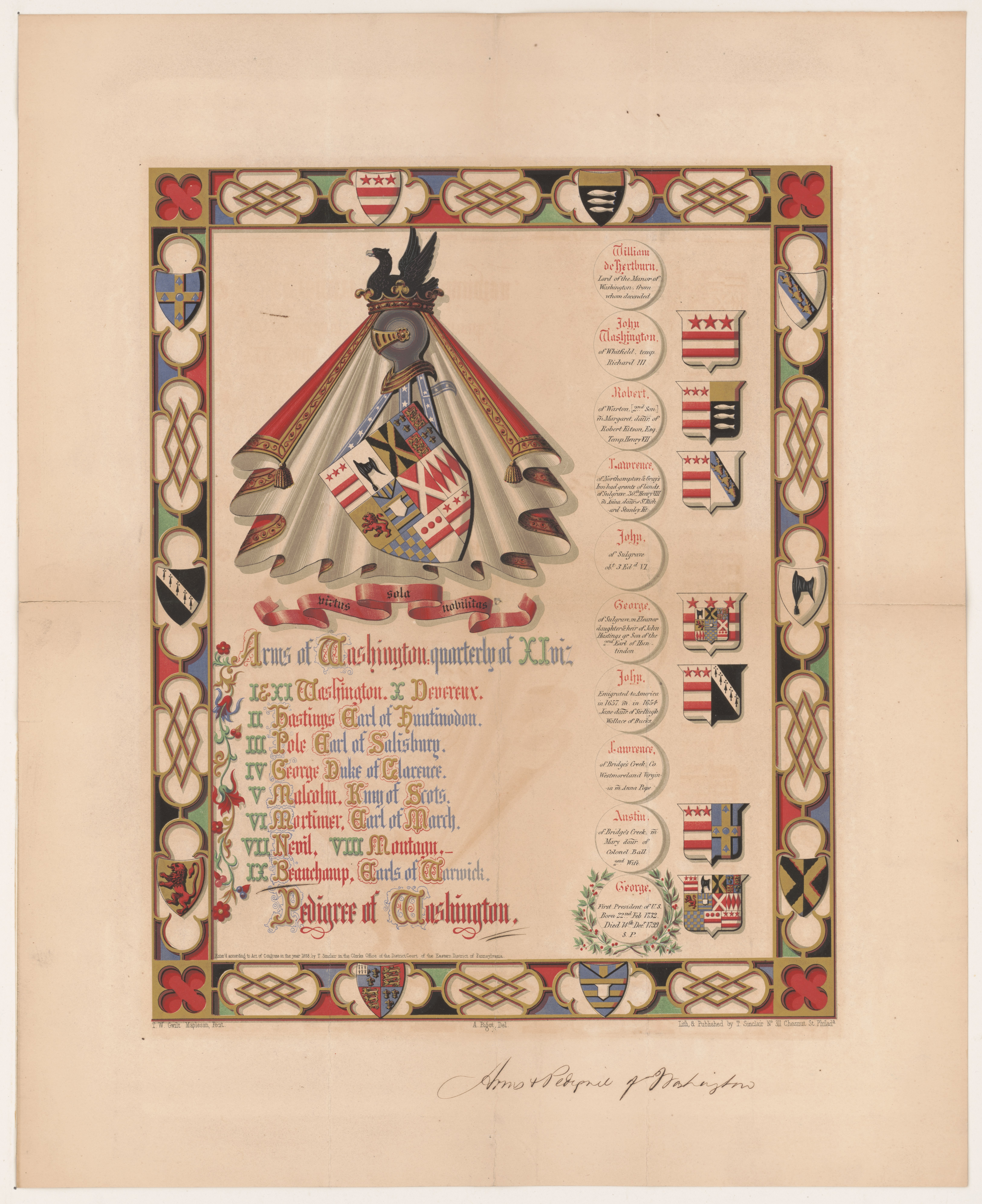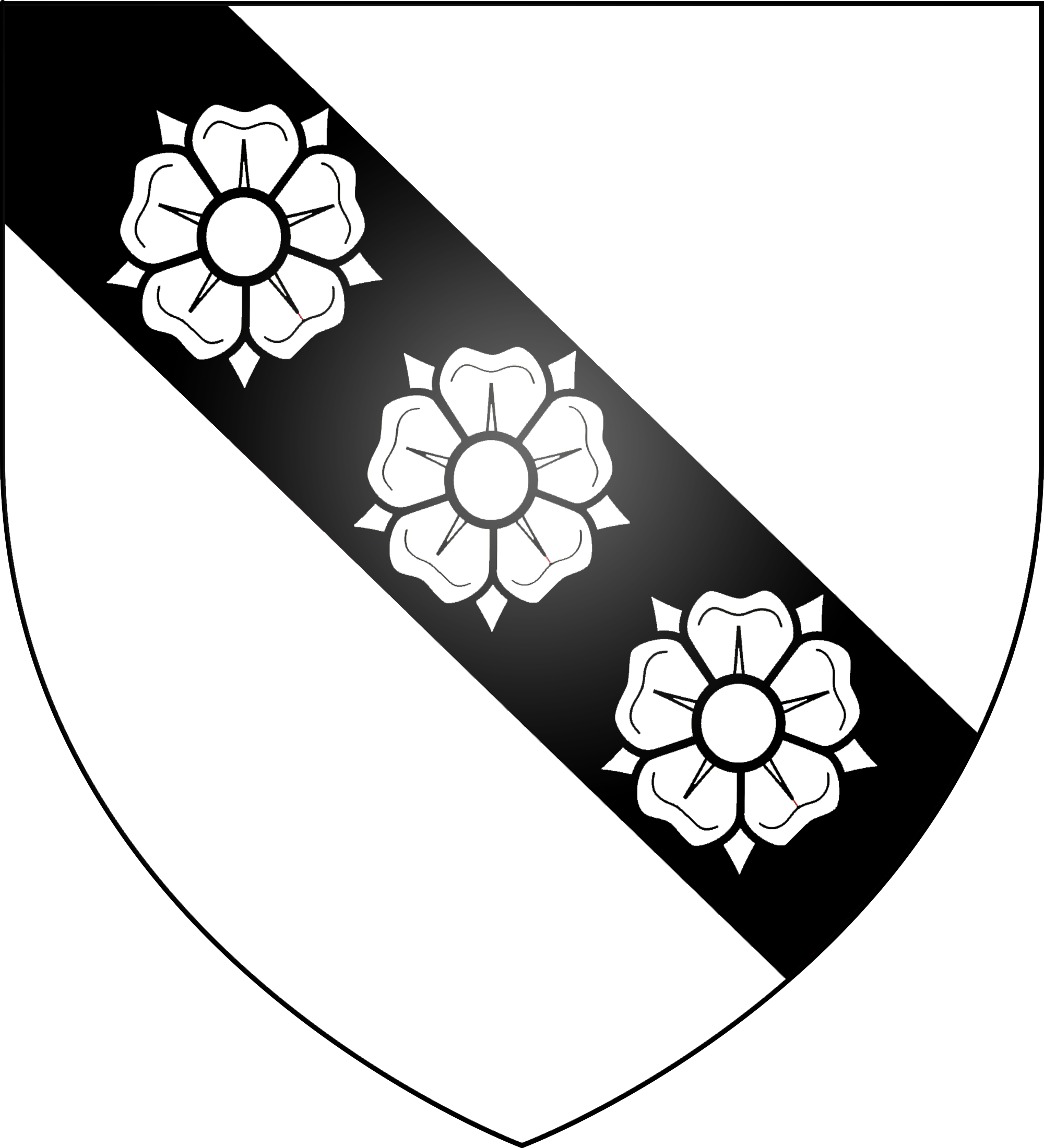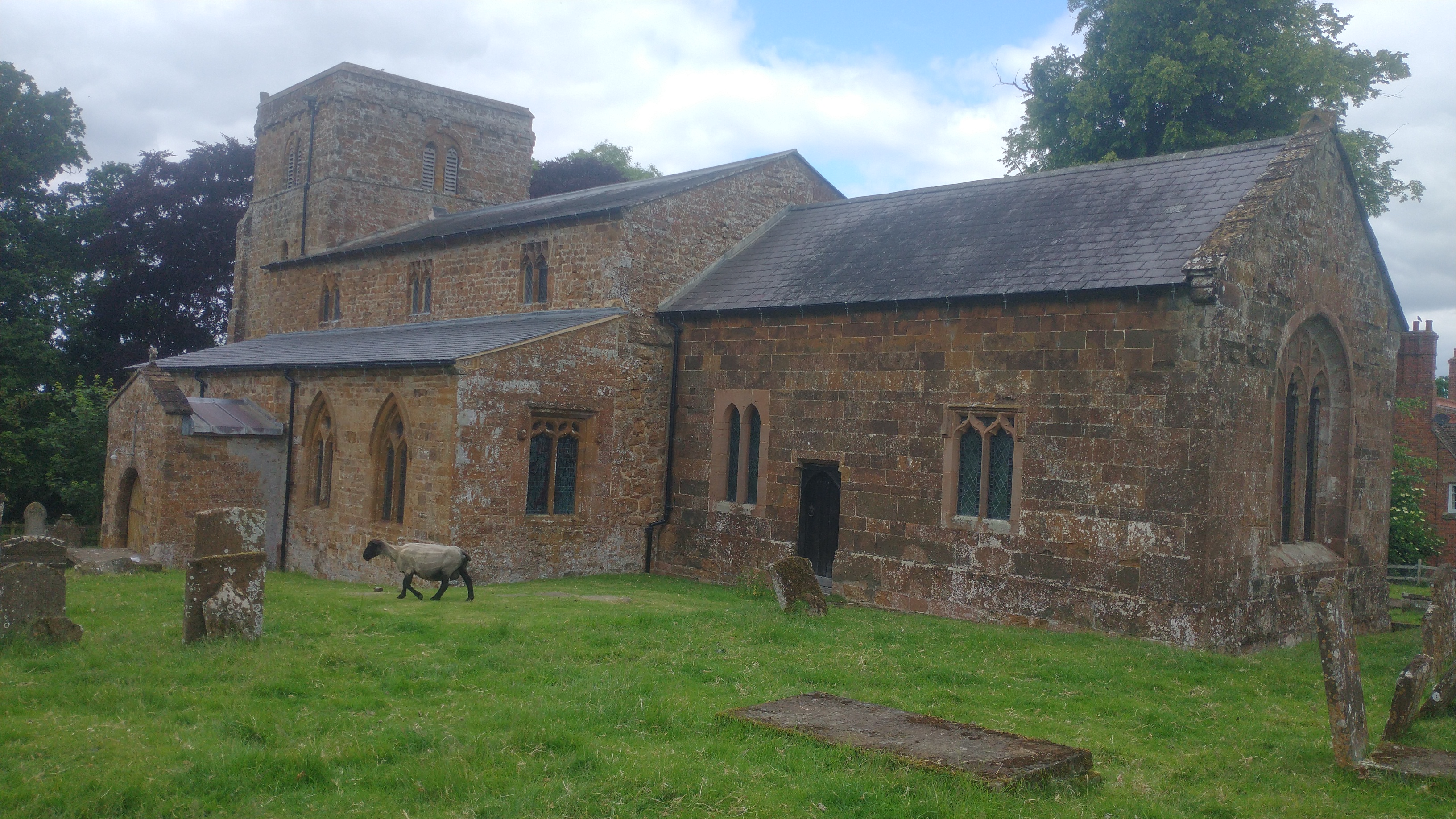|
Dorothy Kitson
Dorothy Kitson (c. 1531 – 1576/1577), later Dorothy, Lady Pakington, was the daughter of Sir Thomas Kitson, a wealthy London merchant and the builder of Hengrave Hall in Suffolk. Her first husband was Sir Thomas Pakington, by whom she was the mother of Queen Elizabeth I's favourite, Sir John "Lusty" Pakington. After Sir Thomas Pakington's death, she married Thomas Tasburgh. She was one of the few women in Tudor England to nominate burgesses to Parliament and to make her last will while her husband, Thomas Tasburgh, was still living. Her three nieces are referred to in the poems of Edmund Spenser. Family Dorothy Kitson was the daughter of Sir Thomas Kitson by his second wife, Margaret Donnington (d. 12 January 1561), the only child of John Donnington (d. 1544) of Stoke Newington, a member of the Worshipful Company of Salters, and Elizabeth Pye.. By her father's first marriage to a wife whose name is unknown she had a half sister, Elizabeth Kitson, who was the first wife of E ... [...More Info...] [...Related Items...] OR: [Wikipedia] [Google] [Baidu] |
Thomas Kitson
Sir Thomas Kitson (1485 – 11 September 1540) was a wealthy English merchant, Sheriff of London, and builder of Hengrave Hall in Suffolk. Family Thomas Kitson was the son of Robert Kitson (or Kytson) of Warton, Lancashire. His mother's name was Margaret Smyth, daughter of Sir William Smyth and Lady Margaret Cornwall. His sister, Margaret Kitson, married John Washington, ancestor of George Washington. Career Kitson came to London as a youth, and was apprenticed to the London mercer and Merchant Adventurer, Richard Glasyer. He was admitted a freeman of the Mercers' Company in 1507, and served as Warden in 1525-26 and 1533-34 and as Master in 1534–35. He served as Sheriff of London in 1533–34, and was knighted on 30 May 1534 (an honour not conferred on his co-sheriff, William Forman). In May 1534, he was associated with Rowland Lee, Bishop of Coventry and Lichfield, in taking oaths of fealty from priests and monks. Kitson had financial dealings with the Crown on a large ... [...More Info...] [...Related Items...] OR: [Wikipedia] [Google] [Baidu] |
Bess Of Hardwick
Elizabeth Cavendish, later Elizabeth Talbot, Countess of Shrewsbury ( Hardwick; c. 1527 13 February 1608), known as Bess of Hardwick, of Hardwick Hall, Hardwick Hall, Derbyshire, was a notable figure of Elizabethan English society. By a series of well-made marriages, she rose to the highest levels of English nobility and became enormously wealthy. Bess was reportedly a shrewd businesswoman, increasing her assets with business interests including mines and glass-making workshops. She was married four times. Her first husband was Robert Barley (or Barlow), who died aged about 14 or 15 on 24 December 1544. Her second husband was the courtier William Cavendish (courtier), Sir William Cavendish. Her third husband was Sir William St Loe. Her last husband was George Talbot, 6th Earl of Shrewsbury, sometime keeper to the captive Mary, Queen of Scots. An accomplished needlework, needlewoman, Bess joined her husband's captive charge at Chatsworth House for extended periods in 1569, 1570, ... [...More Info...] [...Related Items...] OR: [Wikipedia] [Google] [Baidu] |
Ferdinando Stanley, 5th Earl Of Derby
Ferdinando Stanley, 5th Earl of Derby (1559 – 16 April 1594), was an English nobleman and politician. He was the son of Henry Stanley, 4th Earl of Derby, and Lady Margaret Clifford. Ferdinando had a place in the line of succession to Elizabeth I according to the will of Henry VIII, after his mother, whom he predeceased. His sudden death led to suspicions of poisoning amid fears of Catholic plots to overthrow Elizabeth. Baron Strange In about 1572, when he was thirteen, Stanley matriculated as a member of the University of Oxford. A year later he was called to her Court by Queen Elizabeth, "to be shaped in good manners". He was subsequently summoned to Parliament in his father's Barony of Strange (of Knokyn) and became known as "Ferdinando, Lord Straunge". In 1579 he married Alice Spencer, the youngest daughter of Sir John Spencer of Althorp by his marriage to Catherine Kytson. Ferdinando was a supporter of the arts, enjoying music, dance, poetry, and singing, but above a ... [...More Info...] [...Related Items...] OR: [Wikipedia] [Google] [Baidu] |
Robert Sackville, 2nd Earl Of Dorset
Robert Sackville, 2nd Earl of Dorset (1561–1609) was an English aristocrat and politician, with humanist and commercial interests. Life He was the eldest son of Thomas Sackville, 1st Earl of Dorset, by Cecily, daughter of Sir John Baker. His grandfather, Sir Richard Sackville, invited Roger Ascham to educate Robert with his own son, an incident in 1563 that Ascham introduced into his pedagogic work ''The Scholemaster'' (1570) as prompting the book. His tutor Claudius Hollyband dedicated to him the French language manuals ''The French Schoolemaster'' (1573) and ''The Frenche Littelton'' (1576), which would see a combined total of fifteen editions through the year 1609. He matriculated from Hart Hall, Oxford, on 17 December 1576, and graduated B.A. and M.A. on 3 June 1579; it appears from his father's will that he was also at New College. He was admitted to the Inner Temple in 1580 but not called to the bar, and was elected to the House of Commons in 1585 as member for S ... [...More Info...] [...Related Items...] OR: [Wikipedia] [Google] [Baidu] |
William Stanley, 3rd Baron Monteagle
William Stanley, 3rd Baron Monteagle (1528 – 10 November 1581), of Hornby Castle, Lancashire, was an English politician. He was the son of Thomas Stanley, 2nd Baron Monteagle and Lady Mary Brandon, the daughter of Charles Brandon, 1st Duke of Suffolk, by his second wife, Anne Browne. William Stanley was a Member (MP) of the Parliament of England for Lancashire in 1555. He married firstly, Anne Leyburne, by whom he had one daughter, Elizabeth. Anne was a staunch Catholic with Jesuitical sympathies. Monteagle's second wife was Anne Spencer, who married a further twice after his death. His daughter and heiress, Elizabeth Stanley, married Edward Parker, 12th Baron Morley Edward Parker, 12th Baron Morley (c. 1550 – 1618) was an English peer, Lord of Morley, Hingham, Hockering, &c., in Norfolk, the son of Henry Parker, 11th Baron Morley and Lady Elizabeth Stanley. His second daughter was Frances Danby. His fir ..., and their son William Parker succeeded him as the 4th Baro ... [...More Info...] [...Related Items...] OR: [Wikipedia] [Google] [Baidu] |
Henry Carey, 1st Baron Hunsdon
Henry Carey, 1st Baron Hunsdon Knight of the Garter, KG Privy Council of England, PC (4 March 1526 – 23 July 1596), was an English nobleman and courtier. He was the patron of the Lord Chamberlain's Men, William Shakespeare's playing company. The son of Mary Boleyn, he was a cousin of Elizabeth I of England, Elizabeth I. Early life Henry Carey was the second child of William Carey (courtier), William Carey and Mary Boleyn who was the sister of Anne Boleyn, the second wife and Queen of Henry VIII of England, Henry VIII. Carey and his elder sister Catherine Carey, Lady Knollys, Catherine came under the wardship of their maternal aunt Anne Boleyn, who was engaged to Henry VIII at the time. The children still had active contact with their mother, who remained on good terms with her sister, until Mary's secret elopement with a soldier, William Stafford (1500-1565), William Stafford (later Lord of Chebsey) in 1535. Anne Boleyn acted as her nephew's patron and provided him with an ... [...More Info...] [...Related Items...] OR: [Wikipedia] [Google] [Baidu] |
George Carey, 2nd Baron Hunsdon
George Carey, 2nd Baron Hunsdon KG (1547 – 9 September 1603) was the eldest son of Henry Carey, 1st Baron Hunsdon and Anne Morgan. His father was first cousin to Elizabeth I of England. In 1560, at the age of 13, George matriculated at Trinity College, Cambridge. Military and political career In December 1566 he accompanied the Earl of Bedford on an official mission to Scotland, to attend the baptism of the future King James. Mary, Queen of Scots gave him a ring and a chain with her miniature portrait. During the Northern Rebellion of 1569, George was knighted in the field by Thomas Radcliffe 3rd Earl of Sussex for bravery. George had challenged Lord Fleming, the commander of Dunbar Castle, to single combat. George served as a member of Parliament in the Commons for several terms (for Hertfordshire in 1571, for Hampshire in 1584, 1586, 1589, and 1593). He was created Knight Marshal in 1578. He was given the tenure of the lands of the Cornish recusant Francis Tregia ... [...More Info...] [...Related Items...] OR: [Wikipedia] [Google] [Baidu] |
Elizabeth Spencer, Baroness Hunsdon
Elizabeth Spencer, Baroness Hunsdon (29 June 1552 – 25 February 1618) was an English noblewoman, scholar, and patron of the arts. She was the inspiration for Edmund Spenser's ''Muiopotmos'', was commemorated in one of the poet's dedicatory sonnets to the ''Faerie Queene'', and was represented as "Phyllis" in the latter's pastoral poem ''Colin Clouts Come Home Againe''. She herself translated Petrarch. Her first husband was George Carey, 2nd Baron Hunsdon, grandson of Mary Boleyn, elder sister of Anne Boleyn, mother of Queen Elizabeth I. Family Elizabeth Spencer was born 29 June 1552 at Althorp, Northamptonshire, the second eldest daughter of Sir John Spencer of Althorp and his wife Katherine Kitson, the daughter of Sir Thomas Kitson of Hengrave, Suffolk. She had three brothers, Sir John Spencer, Sir William Spencer, and Sir Richard Spencer; and three sisters, Anne Spencer, Baroness Mounteagle, Katherine Spencer, and Alice Spencer. In the year of her birth, Elizabeth's ... [...More Info...] [...Related Items...] OR: [Wikipedia] [Google] [Baidu] |
Warwickshire
Warwickshire (; abbreviated Warks) is a county in the West Midlands region of England. The county town is Warwick, and the largest town is Nuneaton. The county is famous for being the birthplace of William Shakespeare at Stratford-upon-Avon and Victorian novelist George Eliot, (born Mary Ann Evans), at Nuneaton. Other significant towns include Rugby, Leamington Spa, Bedworth, Kenilworth and Atherstone. The county offers a mix of historic towns and large rural areas. It is a popular destination for international and domestic tourists to explore both medieval and more recent history. The county is divided into five districts of North Warwickshire, Nuneaton and Bedworth, Rugby, Warwick and Stratford-on-Avon. The current county boundaries were set in 1974 by the Local Government Act 1972. The historic county boundaries included Coventry, Sutton Coldfield and Solihull, as well as much of Birmingham and Tamworth. Geography Warwickshire is bordered by Leicestershire to the nort ... [...More Info...] [...Related Items...] OR: [Wikipedia] [Google] [Baidu] |
Wormleighton
Wormleighton is a village in Warwickshire on top of Wormleighton Hill overlooking the River Cherwell, England. The population taken at the 2011 census was 183. The original village was by the banks of the Cherwell and can still be seen as a series of humps and hollows on the East bank of the Oxford Canal. The present village sits on the crest of the hill. At one end is St Peter's Church, which has a Norman tower and nave, made of local ironstone, with small added Gothic aisles. It has an graveyard around it, accessible to local sheep, and hints of a circular enclosure. A path from the church takes the visitor directly to the remains of the old 16th-century Manor house, of which the first view is a fine old chimney, then the great hall can be seen, part made of stone, part of brick. The gatehouse is Jacobean, and has a date of 1613 upon it. The manor house was slighted by the Parliamentarians as it was a Royalist stronghold. The village was abandoned after the English ... [...More Info...] [...Related Items...] OR: [Wikipedia] [Google] [Baidu] |
Northamptonshire
Northamptonshire (; abbreviated Northants.) is a county in the East Midlands of England. In 2015, it had a population of 723,000. The county is administered by two unitary authorities: North Northamptonshire and West Northamptonshire. It is known as "The Rose of the Shires". Covering an area of 2,364 square kilometres (913 sq mi), Northamptonshire is landlocked between eight other counties: Warwickshire to the west, Leicestershire and Rutland to the north, Cambridgeshire to the east, Bedfordshire to the south-east, Buckinghamshire to the south, Oxfordshire to the south-west and Lincolnshire to the north-east – England's shortest administrative county boundary at 20 yards (19 metres). Northamptonshire is the southernmost county in the East Midlands. Apart from the county town of Northampton, other major population centres include Kettering, Corby, Wellingborough, Rushden and Daventry. Northamptonshire's county flower is the cowslip. The Soke of Peterborough fal ... [...More Info...] [...Related Items...] OR: [Wikipedia] [Google] [Baidu] |
Althorpe
Althorpe is a small village in North Lincolnshire, England, west of Scunthorpe and the same distance south-east of Crowle, on the A18 road. The population details are included in the civil parish of Keadby with Althorpe. History The ''Domesday Book'' records the lords of the manor in 1066 as Alnoth and Ulf Fenman. In 1086, the lord and Tenant-in-chief was Geoffrey of la Guerche. The settlement was small with one ploughland and six sokemen. A 1620s scheme by Vermuyden for drainage of the Isle of Axholme and Hatfield Chase had two phases: # The southern arm of the River Torne was blocked. The course of the other arm was straightened by cutting a drain, and its waters emptied through a sluice into the River Trent at Althorpe. # A second long drain was cut from Idlestop to Dirtness. This ran parallel to the River Torne and the water was sluiced into the River Trent at Althorpe. In the early 19th century an addition outfall – Folly Drain – was constructed aDerr ... [...More Info...] [...Related Items...] OR: [Wikipedia] [Google] [Baidu] |






